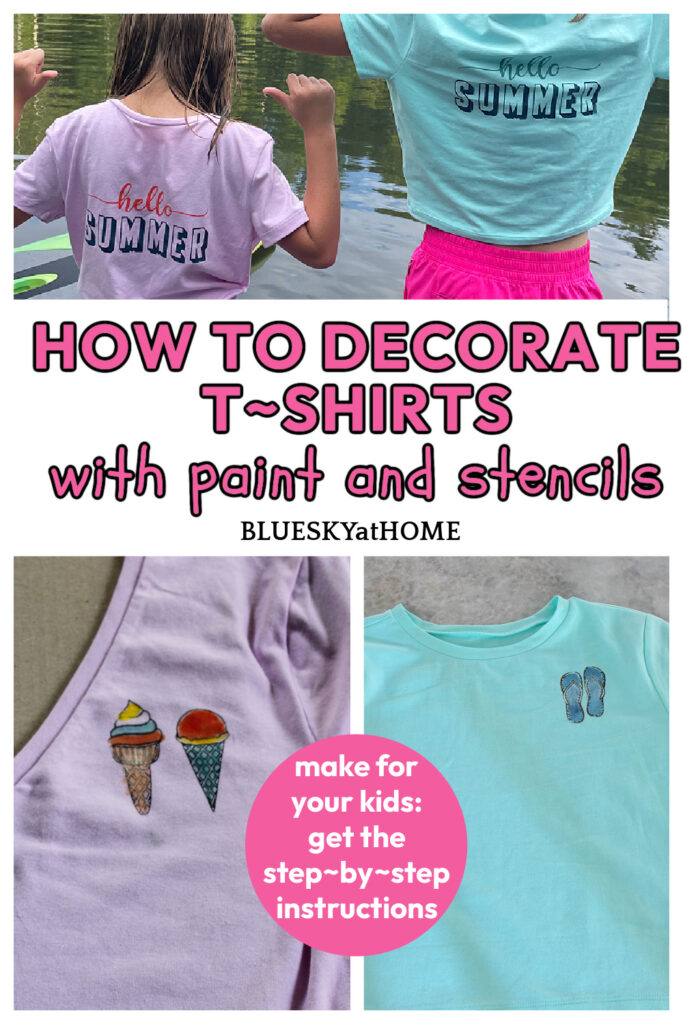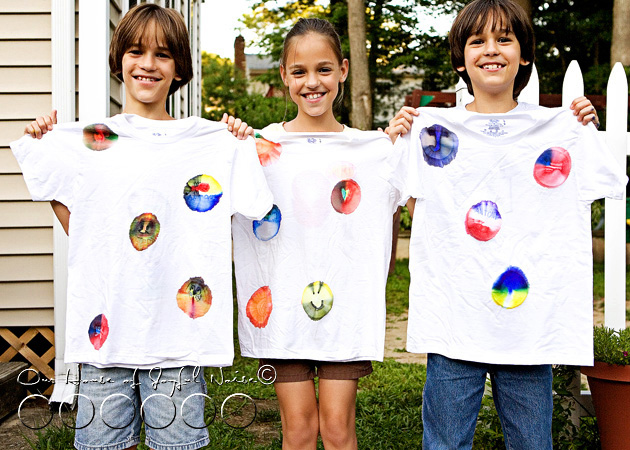Decorating t-shirts is more than just a hobby; it’s a creative expression and a way to share your personality with the world. Whether you’re designing shirts for a special event, running a small business, or simply enjoying a fun DIY project, understanding the different options available for t-shirt decorating can help you achieve stunning results. Drawing from my personal experience and thorough research, this comprehensive guide will explore various methods, materials, and tips for decorating t-shirts effectively.
Overview of T-Shirt Decorating
T-shirt decorating encompasses numerous techniques, from screen printing to heat transfer. Each method offers unique advantages and characteristics, appealing to different skill levels and purposes. This section will cover the most popular t-shirt decorating methods, allowing you to choose the right one for your project.
Popular T-Shirt Decoration Techniques
- Screen Printing
- Heat Transfer Vinyl (HTV)
- Direct to Garment (DTG)
- Sublimation Printing
- Embroidery

Understanding T-Shirt Materials
The choice of fabric significantly influences the quality and feel of your decorated t-shirt. Here, we’ll look at various materials commonly used in t-shirt production and their compatibility with different decoration methods.

Common T-Shirt Fabrics
| Fabric | Pros | Cons | Best For |
|---|---|---|---|
| Cotton | Soft, breathable, easy to print | Wrinkles easily, shrinks | Screen printing, DTG |
| Polyester | Durable, moisture-wicking | Lower print quality with some methods | Dyed sublimation |
| Blends (Cotton/Poly) | Best of both worlds, less shrinkage | Can be more expensive | All methods |
| Rayon | Soft, lightweight, drapes nicely | Can be fragile, requires special care | Embroidery, screen printing |

Choosing the Right T-Shirt for Decorating
When selecting a t-shirt for decorating, certain factors come into play to ensure the best outcome for your project. Let’s delve into these considerations.

Factors to Consider When Selecting a T-Shirt
- Fit and Style: Choose styles (crew neck, V-neck, etc.) that align with your target audience.
- Color: The fabric color impacts the decoration’s visibility. Consider high contrast for bold designs.
- Size Range: Ensure a variety of sizes to cater to a broader audience.
- Budget: Factor in the cost of t-shirts when planning your decorating project.

Step-by-Step Guide to T-Shirt Decorating
Let’s walk through a detailed process of decorating t-shirts, emphasizing screen printing, heat transfer vinyl, and sublimation methods.

Screen Printing: A Timeless Classic
Materials Needed
- Screen printing press
- Screens
- Ink
- Squeegee
- Emulsion and exposure unit (optional)
Process
- Prepare your design and create a stencil on the screen.
- Set up your screen printing press.
- Apply ink and use the squeegee to transfer the design onto the t-shirt.
- Let the ink cure according to the manufacturer’s instructions.
Pros and Cons of Screen Printing
Pros:
- Excellent for bulk printing
- Durable, vibrant prints
Cons:
- Setup time can be lengthy
- Not ideal for complex designs with many colors
Heat Transfer Vinyl (HTV): DIY Delights
Materials Needed
- Heat transfer vinyl
- Cutter (e.g., Cricut or Silhouette)
- Heat press or iron
- T-shirt
Process
- Design your artwork using design software.
- Cut the HTV on your cutter, mirroring the design.
- Weed the excess vinyl away from the design.
- Heat press the design onto the t-shirt, following temperature and time guidelines.
Pros and Cons of HTV
Pros:
- Great for detailed designs
- Easy to apply at home
Cons:
- Less durable than screen printing for long-term use
- May require special care when washing
Sublimation Printing: Bright and Colorful
Materials Needed
- Sublimation printer
- Sublimation ink
- Heat press
- Sublimation-ready t-shirt (often polyester)
Process
- Create your design in sublimation software.
- Print the design using sublimation ink on transfer paper.
- Heat press the transfer paper onto the t-shirt, allowing the ink to bond with the fabric.
Pros and Cons of Sublimation Printing
Pros:
- Vibrant, long-lasting prints
- The design becomes part of the fabric
Cons:
- Works best only on light-colored polyester fabrics
- Initial equipment cost can be high
Trends in T-Shirt Decorating
Staying updated on current trends can elevate the appeal of your designs. Here are some popular trends in t-shirt decorating:
1. Eco-Friendly Materials
Consumers are moving towards sustainable options. Look for organic cotton or recycled materials for your t-shirts.
2. Customization and Personalization
Personalized t-shirts for events, family reunions, or gifts are trending, allowing individuals to express themselves uniquely.
3. Vintage and Retro Designs
Retro-themed graphics and typography are making a comeback, appealing to a wide audience.
Tips for Successful T-Shirt Decorating
To ensure your t-shirt decorating projects are successful, consider these expert tips:
- Test your designs on scrap fabric before applying them to the final product.
- Maintain a clean workspace to avoid dust and debris on your prints.
- Keep your tools and equipment well-maintained.
- Engage with your audience and gather feedback on designs.
Frequently Asked Questions (FAQs)
What is the best method for decorating t-shirts?
The best method depends on your project goals. Screen printing is excellent for bulk orders, while HTV is better for smaller, customized applications.
Can I wash decorated t-shirts?
Yes, but care instructions vary. Generally, turn decorated shirts inside out, use cold water, and avoid bleach to preserve the design.
What type of ink is used for screen printing?
Plastisol ink is the most commonly used for screen printing due to its durability and vibrant colors.
How can I prevent fading in my decorated t-shirts?
Choose high-quality inks and follow care instructions diligently when washing and drying the shirts.
Conclusion
Decorating t-shirts can be a fun and engaging way to express your creativity. By understanding the methods, materials, and current trends, you can create designs that truly resonate with your audience. Whether for personal use or as a business venture, the possibilities are endless—so get creative and start decorating!